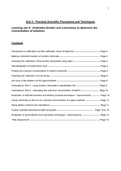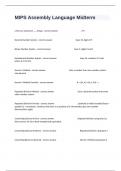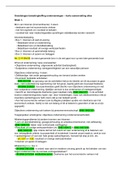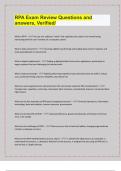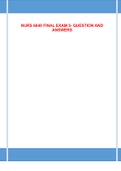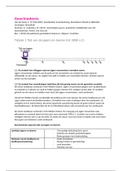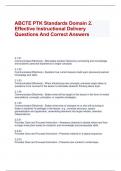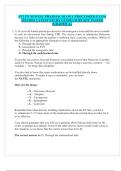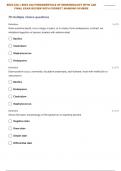Andere
Unit 2 Aim A - Undertake titration and colorimetry to determine the concentration of solutions
- Kurs
- Hochschule
DISTINCTION awarded, very thoroughly written report. Aim A - Undertake titration and colorimetry to determine the concentration of solutions. Part of unit 2 - PRACTICAL SCIENTIFIC PROCEDURES AND TECHNIQUES
[ Mehr anzeigen ]
